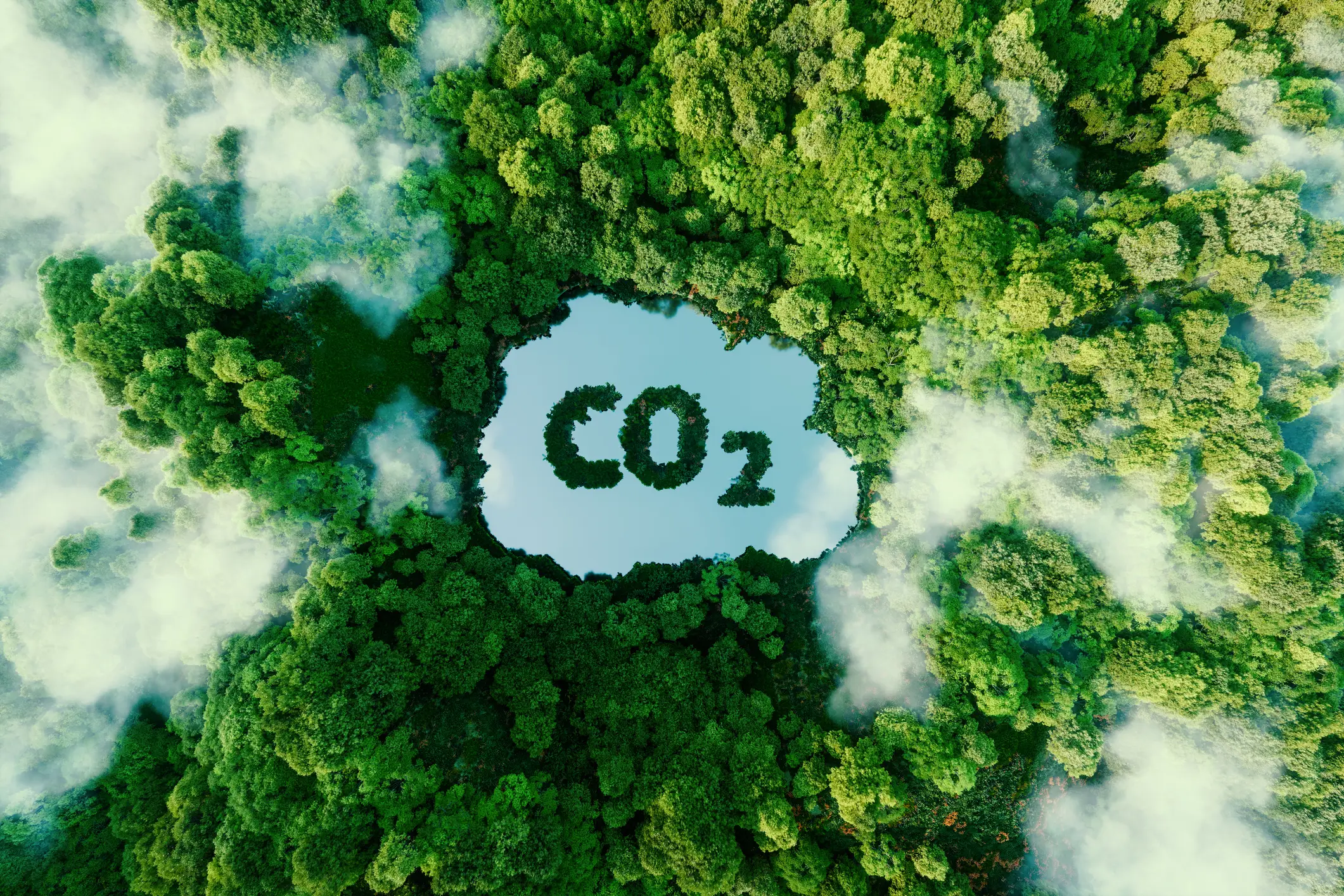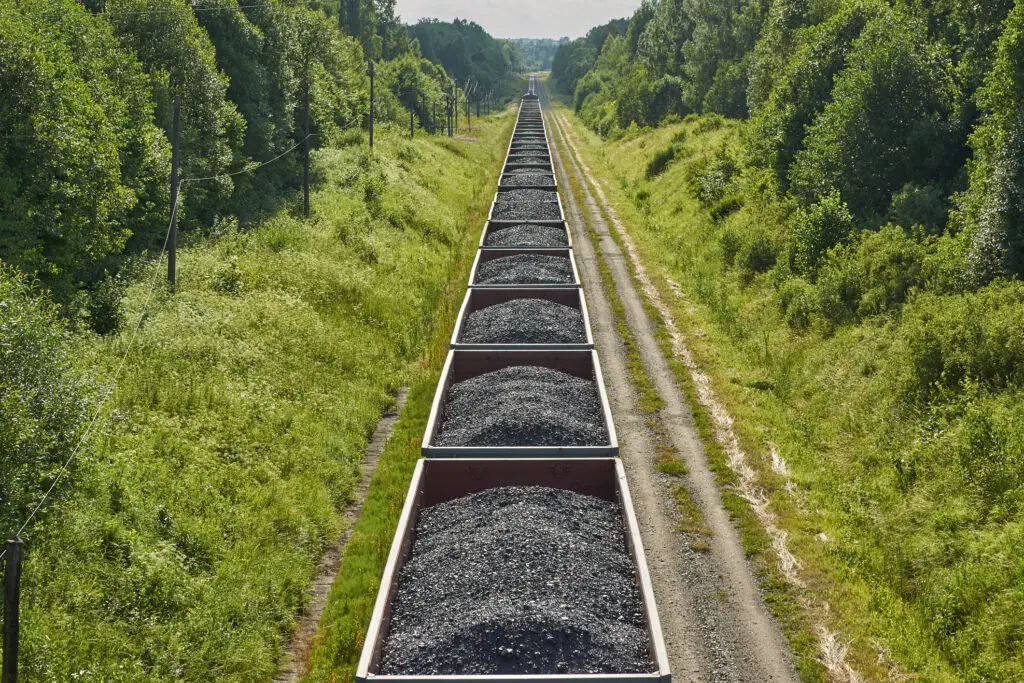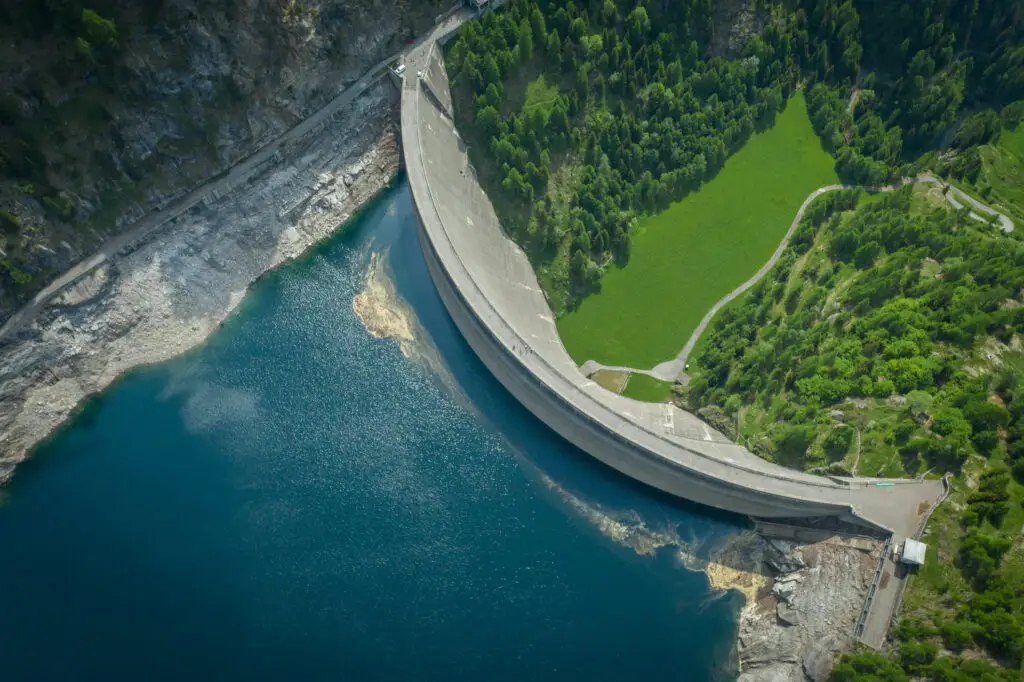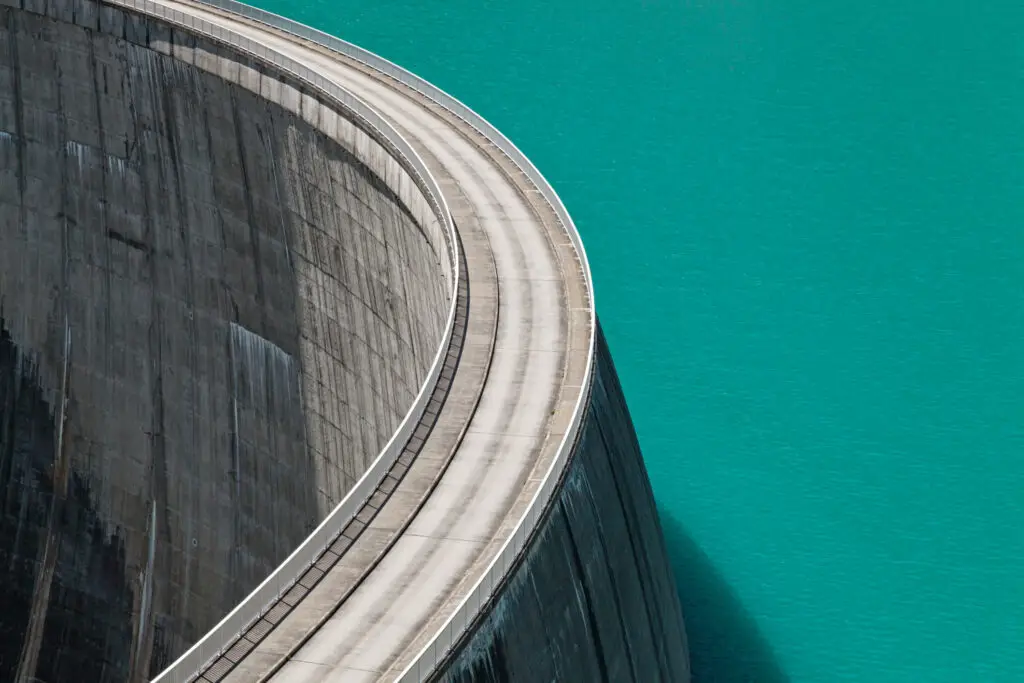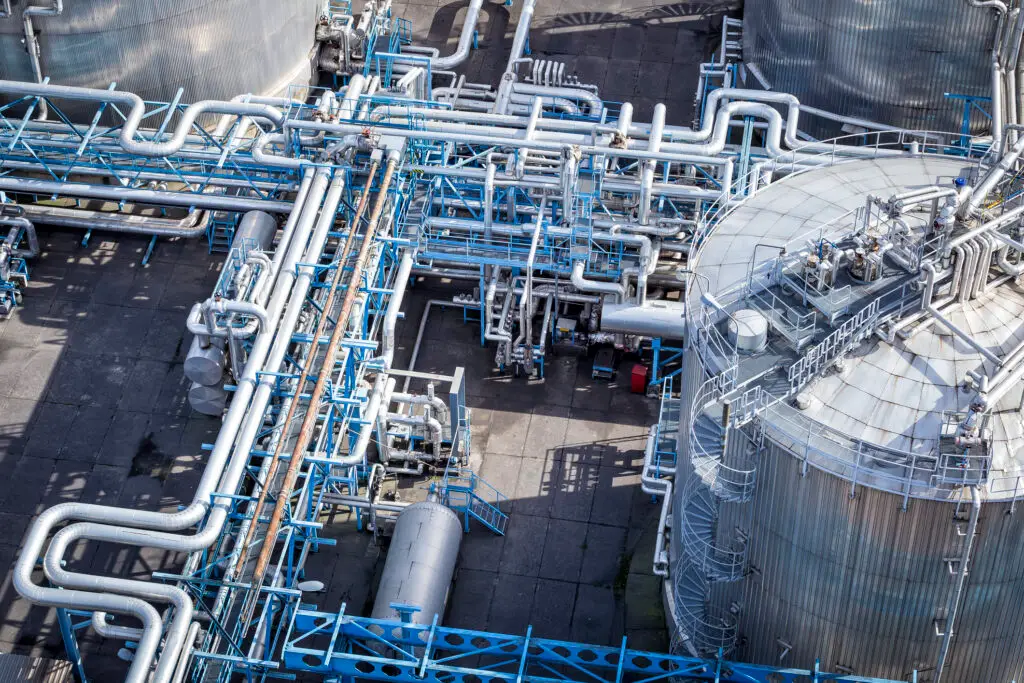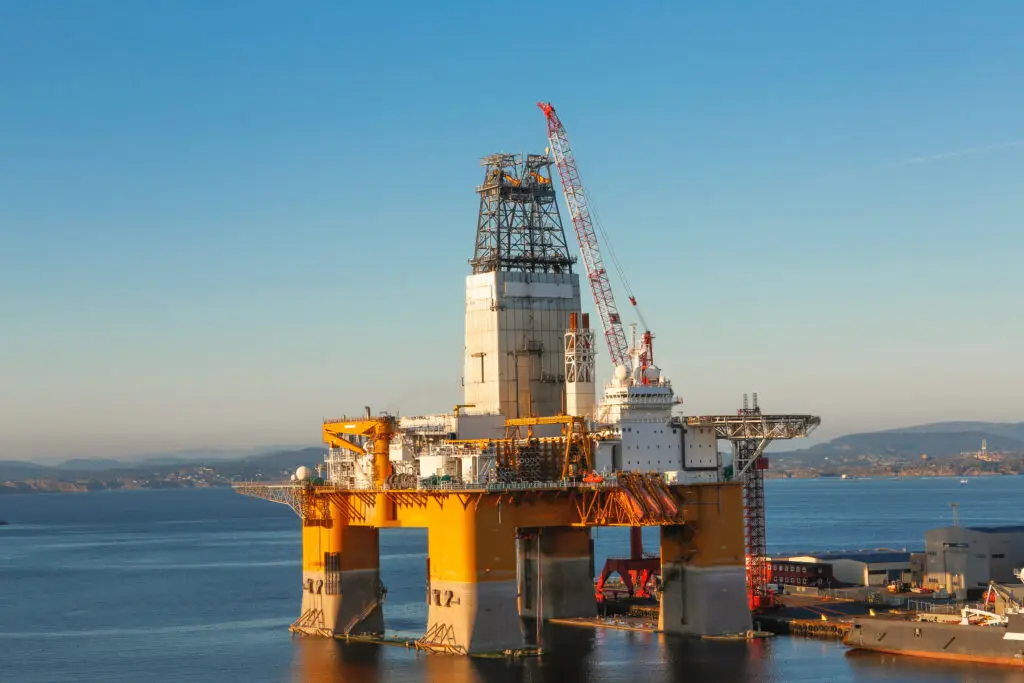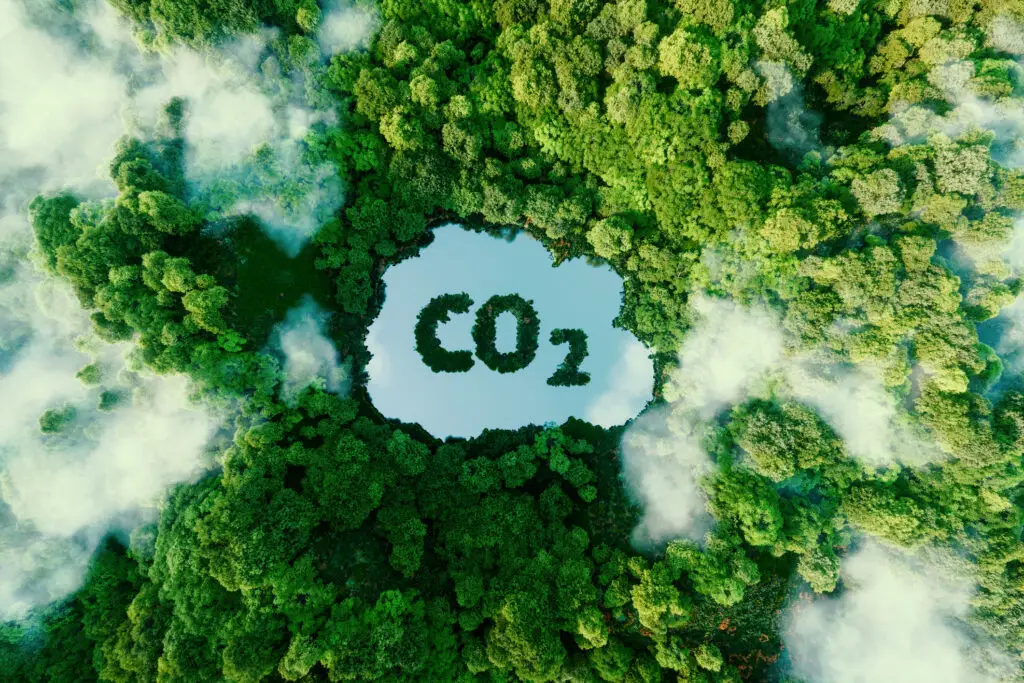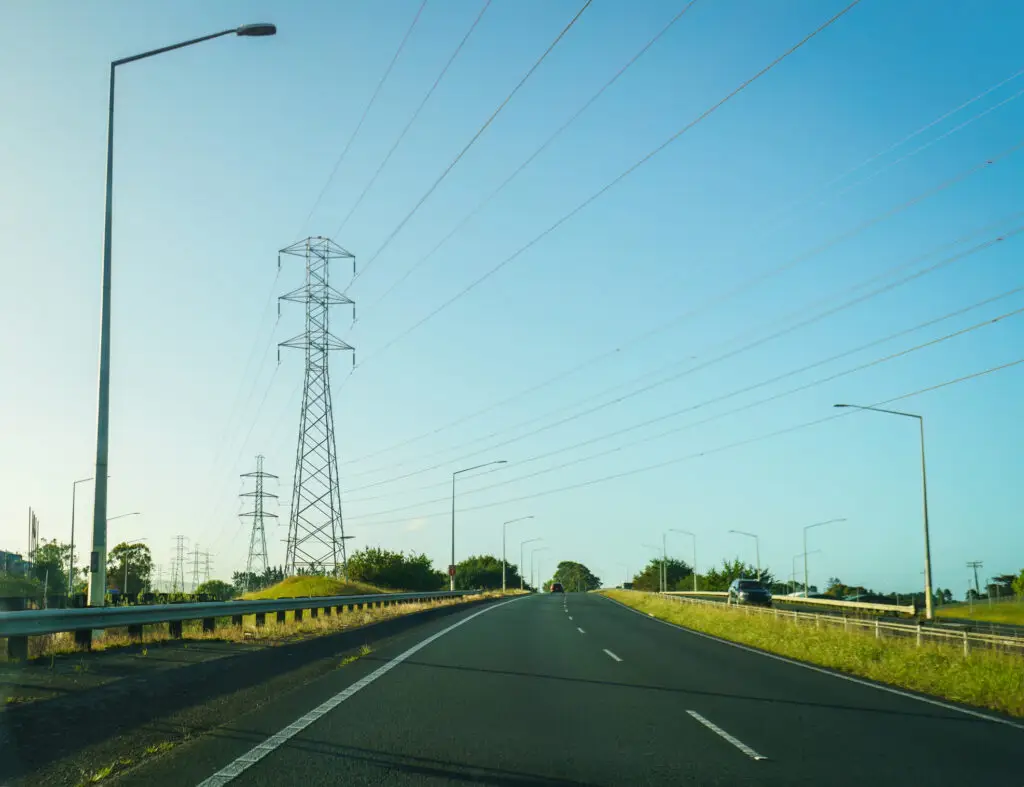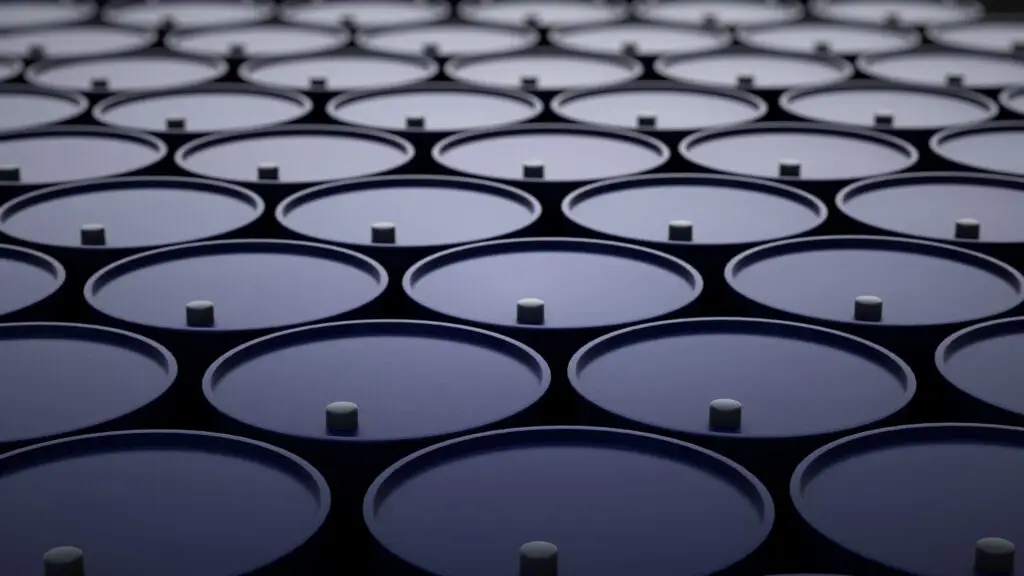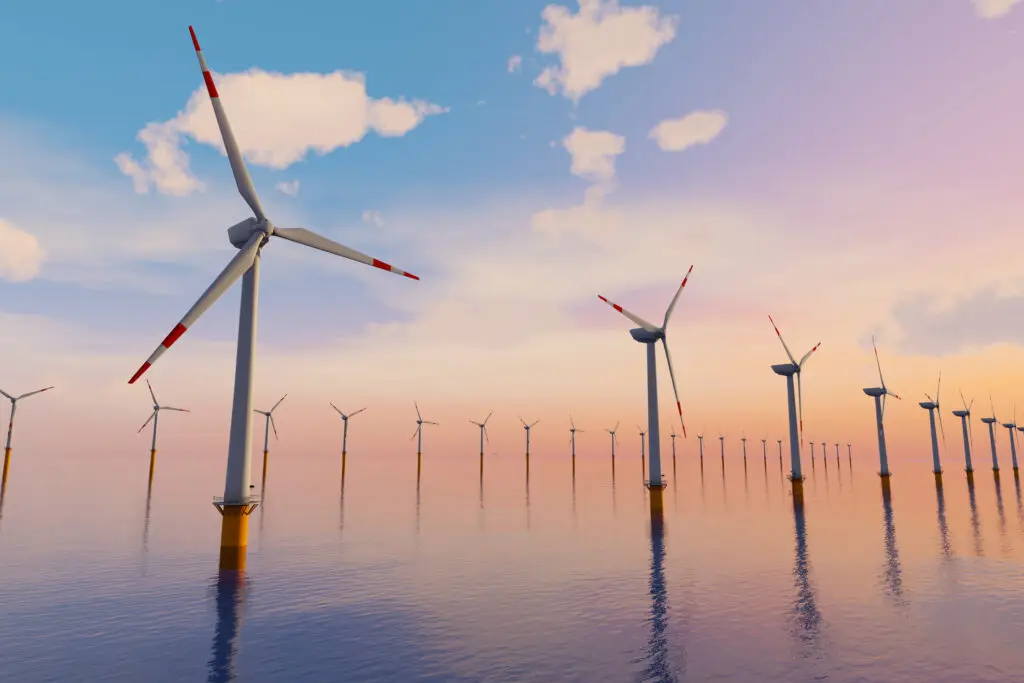Executives at an international energy producer were considering how to lessen the company’s carbon dioxide (CO2) emissions by undertaking carbon capture, utilization, and storage (CCUS) projects. Because the company operates oil- and gas-producing fields, the team quickly determined that subsurface storage of CO2, known as geologic sequestration, would be a plausible solution.
However, multiple alternatives were available for CO2 capture technologies, transport, utilization, and permanent storage solutions, requiring many decisions. Further, subsurface CO2 storage initiatives are typically conducted as staged programs, with decisions and uncertainties encompassing technical, economic, regulatory, operational, societal, and strategic concerns that may be conducted in parallel and have interdependencies. The time frame, costs, uncertainties, and success criteria can vary significantly between steps.
In this SDG White Paper, author Brian Ruskin uses a case study based on a composite of several CCUS projects and programs to examine the decisions inherent to a CCUS project. The approach taken identifies the richness of decisions and challenges at each stage—technical, regulatory, financial, and strategic.
Publications
Explore further insights from our experts by checking out our publications.
